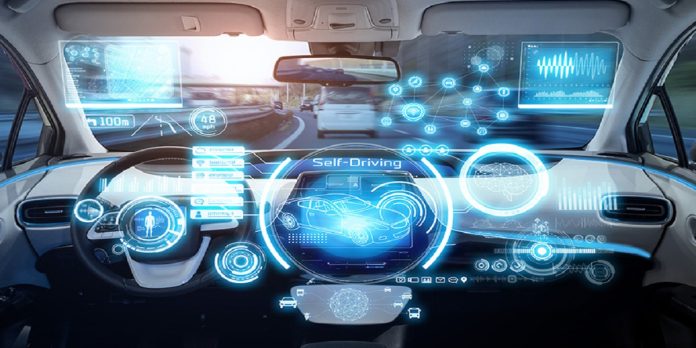Technology drives the development of new advancements in the automotive and electric vehicle industry. As the world is today witnessing and will witness the development of new technologies in the near-future, it shall lead to the improvement and further development in the product and design of the automotive and electric vehicle industry.
The following are few future technologies that shall lead the development of automotive and electric vehicle’s technologies:
First, OTA (over the air) charging of electric vehicles. The OTA (over the air) technology enables charging of an electric vehicle’s battery without any need for physical contact while recharging. However, this OTA technology is not available at a mass-scale today.
Hence, when the OTA (over the air) technology would be available on a mass-scale, it would lead to the development of many recharge stations in India. This would certainly increase the number of electric vehicles being used in our country. Besides, it would ease their mobility in India.
Second, solid state batteries. The lithium-ion batteries have led to a revolution in the electric vehicle segment. Traversing on the same trajectory, the future is expected to be even more revolutionary. It is so because more efficient solid-state batteries would be available on a large scale.
A solid-state battery is an electrical battery that uses solid electrolyte.
The benefit of using solid-state batteries are as follows:
First, it provides a much higher energy density than lithium-ion batteries.
Second, it provides higher vehicle range and a significant decrease in the time required to recharge the battery.
Third, grid of driverless cars. The future electric cars would be driven driverless. They would ply in a grid of driverless cars. They would be controlled with real time access to data pertaining to traffic, lane, GPS, and other parameters. The data pertaining to such parameters would be available on a real-time basis. Using these parameters, the automobile industry would be further developed.
These driverless cars have radar sensors, machine learning systems, and complex algorithms to safely operate and navigate the vehicle.
Fourth, augmented reality. Augmented reality (AR) is an interactive experience that blends digital information with the real world.
The cars that possess augmented reality (AR) technology, necessarily use a computer within the dashboard. This gives the driver real time information about a vehicle’s surroundings. For instance, speed, direction of movement, and video footage of the area adjacent to the vehicle.
Examples of car manufacturers that use augmented reality- BMW, Jaguar and Mazda use augmented reality in their models.
By 2025, the global automotive augmented reality and virtual reality is estimated to reach about $673 billion.
Fifth, heads-up display windshields. The heads-up display windshield technology projects images from a vehicle’s dashboard on the vehicle’s windshield. This helps the driver focus better on driving and be aware of all data from the dashboard by their projection on the windshield.
Sixth, connected cars. A connected car is a car that can communicate with the outside system. This enables it to share internet access and data with other devices, both inside and outside of the car.
For instance, use of GPS and 5G technology by a car.
Seventh, regenerative braking. This technology enables a car to store kinetic energy captured during deceleration and braking as electric energy within the battery of the car. It is later used to power the electric motor.
Eighth, mobility-as-a-service (MaaS). Mobility-as-a-Service (MaaS) means integration of all the modes of transport over a single interface. This provides end-to-end transportation solutions to users. As cities will become more modern in the future, MaaS is the only solution to the traffic woes.
Ninth, advanced driver assistance systems (ADAS). The advanced driver assistance systems (ADAS) makes the automobile capable of autonomous emergency braking, driver monitoring systems, lane departure warning, etc. This technology makes an automobile safer and reliant.
Tenth, 3D printing. 3D printing enables automotive parts manufacturers to produce complex parts with ease and much faster pace. Besides, the produced parts are light-weight. This makes the manufacturing process more efficient and economical than the traditional manufacturing process. Due to this, the spare parts would be available at a much cheaper rate and at a mass-scale.
Eleventh, smart grid solutions. A smart grid integrates information and communication technology with the electrical technology. It supplies power to consumer appliances through a smart network.
The following are a few benefits of smart grid solutions:
First, quicker restoration of electricity after power lapse.
Second, more efficient transmission of electricity.
Third, lowering of the cost of operation. Hence, the cost of power for consumers would be low. This provides an economic edge.
Fourth, reduction in peak demand.
Five, increase in the security of the electrical power generation system.
Twelfth, composite materials. Any substance that has been engineered by combining two or more distinct materials so that the engineered material has complementary properties. This means it has enhanced and unique characteristics. Hence, it is referred to as a composite material.
Few common examples of the composite materials are as follows:
First, carbon fibre-reinforced plastics,
Second, fiberglass-reinforced composites, and
Third, Kevlar-reinforced materials.








